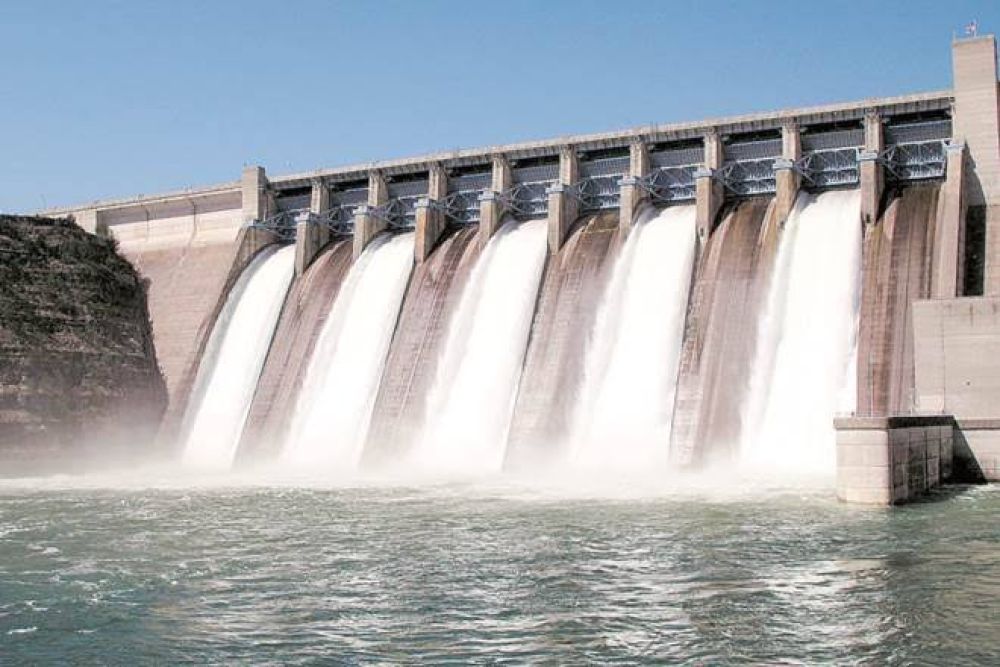

The Kalagarh Dam, situated in the picturesque state of Uttarakhand, India, is an integral part of the Jim Corbett National Park. Jim Corbett National Park, established in 1936, has the distinction of being the first National Park in mainland Asia. It was initially named Hailey National Park after Sir Malcolm Hailey, the then-governor of United Provinces. Later, the park was renamed in honor of the legendary British hunter turned conservationist, author and naturalist Edward James Corbett, popularly known as Jim Corbett.
The construction of the Kalagarh Dam commenced in 1962 and was completed in 1974. Positioned at the southwestern periphery of the Corbett National Park, the dam is a crucial feature of the Ramganga Multi-Purpose project. The primary purpose of the dam was to provide irrigation, hydroelectricity and flood control. The creation of the dam resulted in the formation of a beautiful reservoir, which enhanced the biodiversity and landscape of the region and consequently, has become a notable spot for tourism.
Tourism around the Kalagarh Dam area grew significantly post the establishment of the dam. Visitors to Jim Corbett National Park are often intrigued by the panoramic views of the reservoir and the opportunity to spot a wide range of wildlife that thrives in the adjacent forest areas. Recognizing the potential, the authorities developed facilities for tourists, promoting safaris, bird watching, and nature walks in the buffer zones around the dam.
In recent years, ecotourism has gained momentum globally, and the region around Kalagarh Dam is no exception. Increasingly, tourists are seeking more sustainable and environmentally friendly travel experiences. Efforts have been made to ensure that the tourism activities around the dam do not interfere with the natural habitats.
A noticeable trend in the tourism sector here is the focus on bird watching and photography tours. Given the region's rich avifauna, there has been a spike in the interest of both domestic and international bird watchers. Additionally, the increase in nature camps and resorts offering comfortable yet eco-conscious accommodations caters to the responsible tourist.
Moreover, adventure tourism such as trekking, angling, and mountain biking along the trails near the Kalagarh Dam is also on the rise, appealing to the younger demographic and those seeking an adrenaline rush while enjoying the natural beauty of the area.
To maintain the pristine condition of the area around Kalagarh Dam and Jim Corbett National Park, various conservation programs have been put in place. These include strict wildlife protection measures, regulation of tourist activities, and community engagement projects to promote the importance of preserving the local flora and fauna.
Sustainable tourism practices are strongly encouraged, with visitors being educated on the significance of maintaining the ecological balance. The involvement of local communities in tourism activities ensures that benefits are shared and that there is a vested interest in conservation efforts among those who are closest to the region.
Exploring the Kalagarh Dam and the surrounding areas of Jim Corbett National Park remains a must-visit for nature lovers. Its unique blend of enchanting landscapes, diverse wildlife, and opportunities for adventure offer a truly memorable experience while highlighting the importance of sustainable tourism practices.